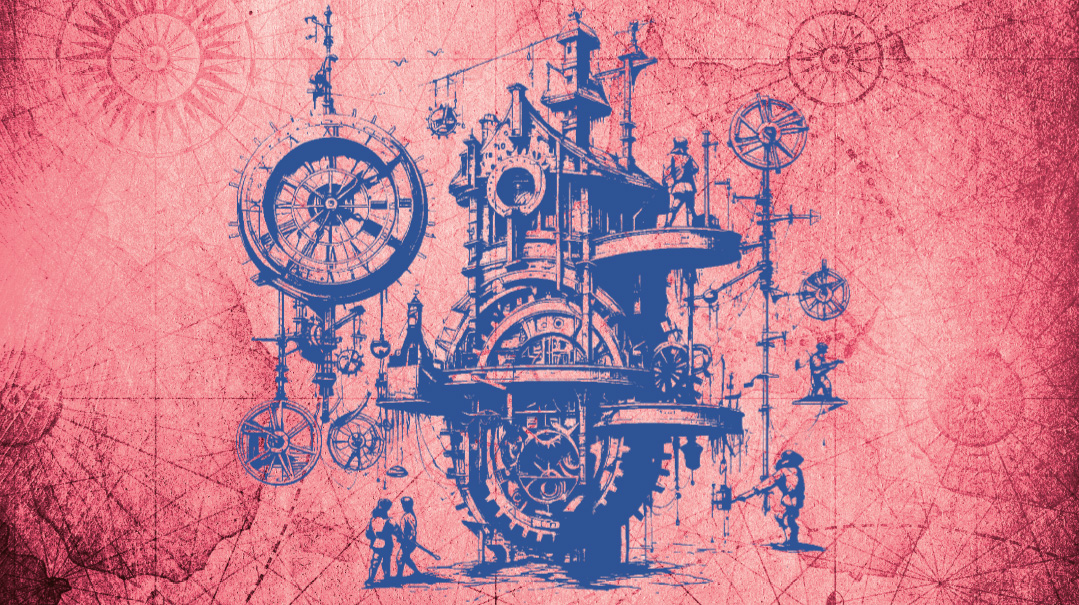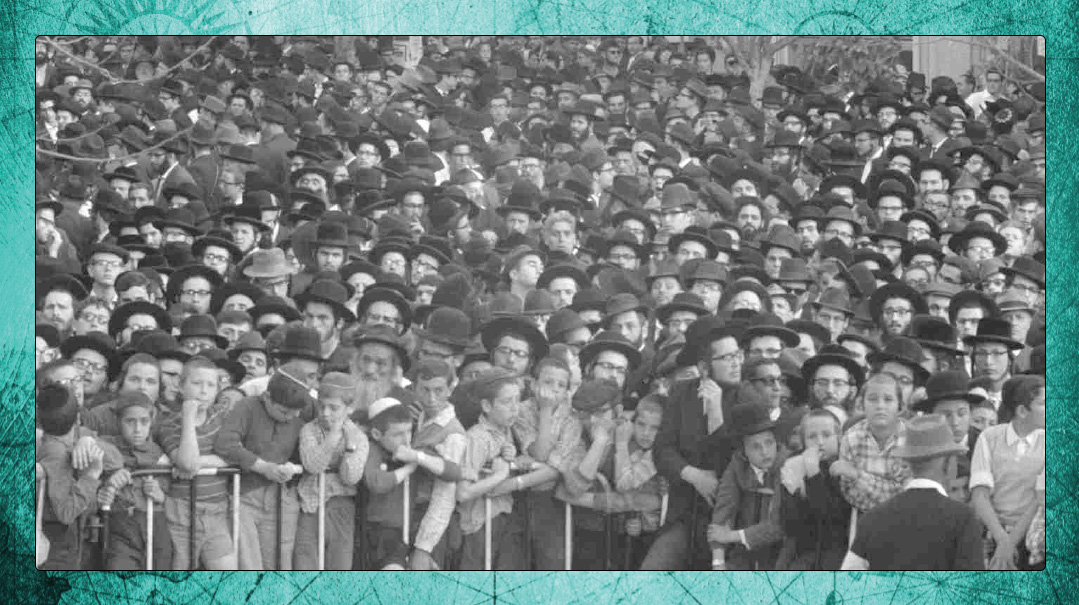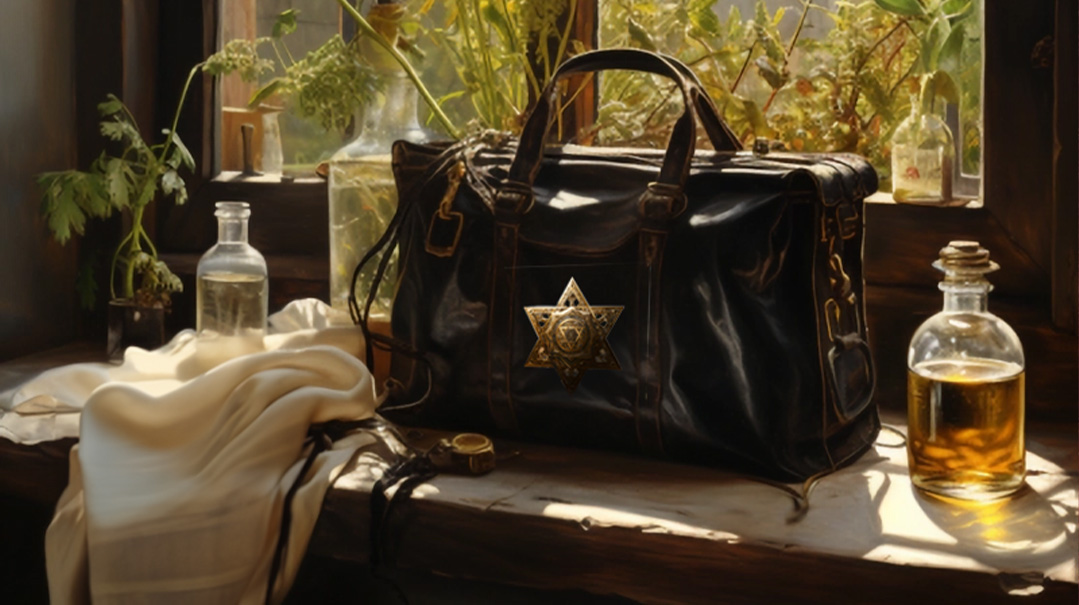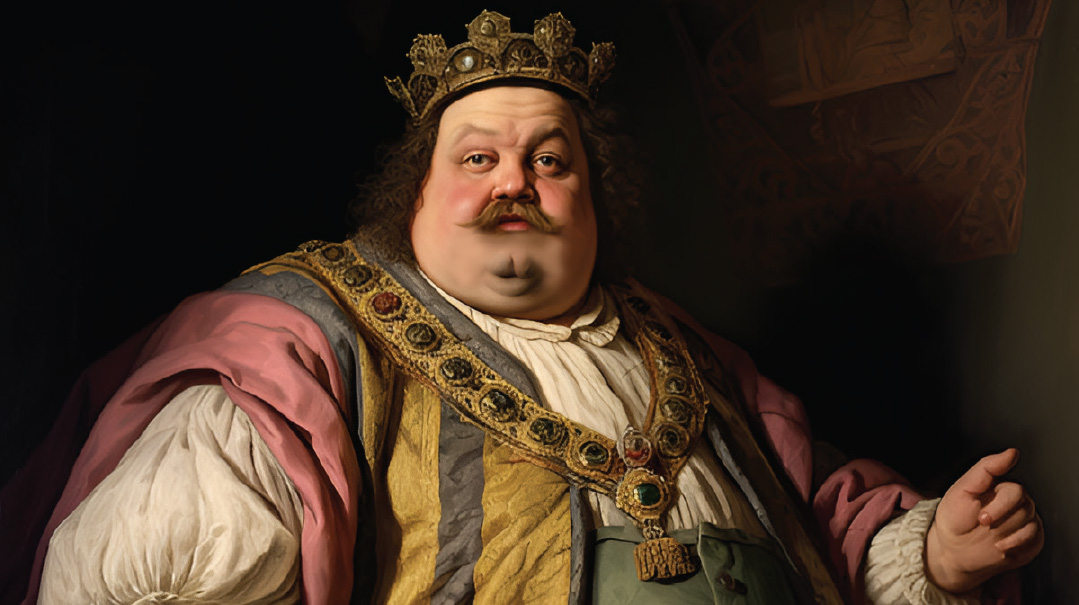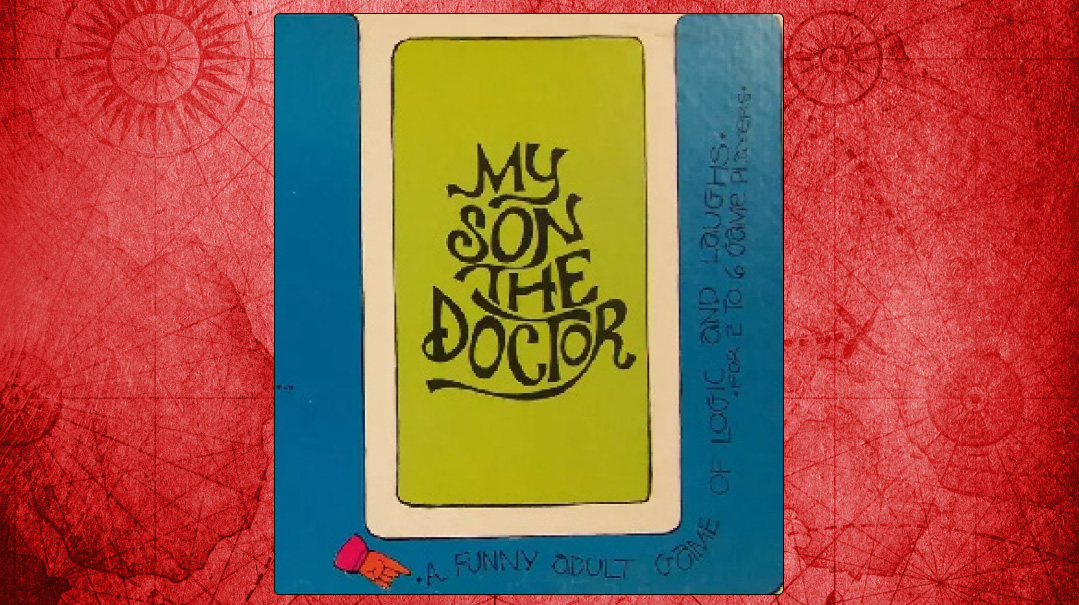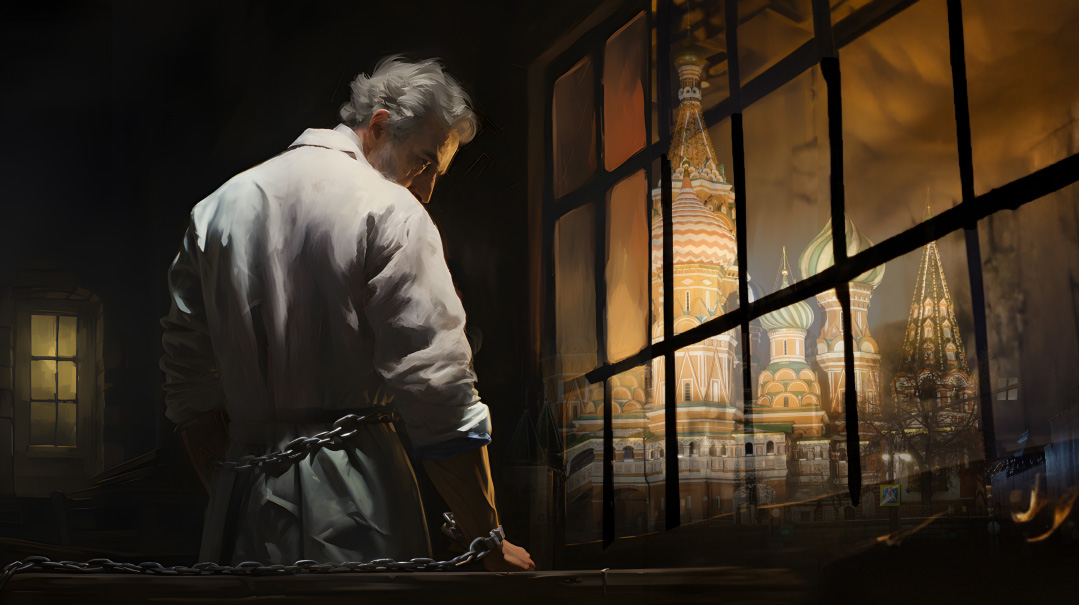Body and Soul

Widely regarded as the most influential early modern Hebrew textbook of the sciences, the book offered a revolutionary compilation of scientific material through the lens of Torah hashkafah
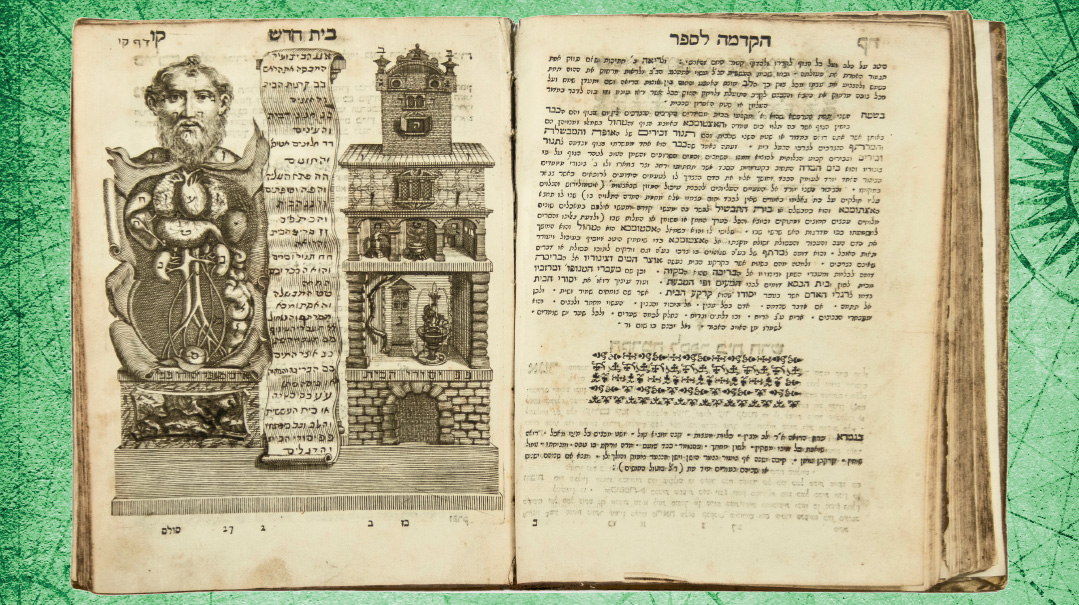
Photo: Genazym Auction House
The most striking element of Maaseh Tuvia, an encyclopedic text spanning theology and diverse areas of science including medicine, astronomy, and anatomy, written in the early 18th-century by Tuvia ben Moshe HaKohein, is the illustration of the human body in the form of a four-story building. The image of the eyes within two windows, the liver within a furnace, and a heart concealed behind enigmatic portals still intrigues viewers today, centuries after the book first appeared.
The book, which first went to print in the year 1707, in Venice, Italy, had the approbations of several rabbinic luminaries, including the av beis din of Berlin and Halberstadt. Widely regarded as the most influential early modern Hebrew textbook of the sciences, the book offered a revolutionary compilation of scientific material through the lens of Torah hashkafah. Throughout the text, even when delving into subjects that might appear distant from matters of faith, such as anatomy or cosmography, Rav Tuvia consistently weaved in concepts of emunah.
We can surmise that he felt an imperative to address the concern that scientific study could potentially estrange someone from their connection with Hashem. In fact, he himself emphasizes the need for a strong foundation in Judaic studies before diving into the scientific realm: “No one from Italy, Poland, Germany, or France should ever consider studying medicine before having completed a deep study of the Written and Oral Law,” he wrote.
Family Roots
Rav Tuvia was heir to a family that held ties to both the rabbinate and medicine, tracing back to his grandfather, Rav Elazar Kohn, who practiced medicine in Kamenetz, Poland. His legacy was inherited by his son, the esteemed rabbi and physician Rav Moshe. But the brutal persecutions orchestrated by the Cossacks during the Tach v’Tat period of 1648 – 1649 forced the family out of Poland, prompting them to seek sanctuary in France. They eventually put down roots in Metz, where Rav Moshe became the community’s rav, and it was there that Tuvia was born in 1652.
Rare and Valuable
There are only 20 to 30 copies of Maaseh Tuvia in existence today, and each is a rare Judaica item. “During its time, a few hundred copies were printed,” explains antiquities expert Rabbi Chaim Stefansky, who’s a partner at the Genazym auction house.
He himself has a copy of the book, which was passed down through generations until a Jewish family of rabbinic lineage emigrated from Russia to the United States in the early 1920s, bringing along their library. Their great-great-grandson unearthed this jewel of Jewish bibliography.
Authenticating a book like this is a complex process, Rabbi Stefansky says, and entails a collaborative effort between scholars of the Jewish realm and secular connoisseurs alike. They are jointly tasked with scrutinizing every facet for authenticity — ranging from historical provenance to the textual corpus, encompassing even the parchment’s grain and the intricacies of binding technique.
He adds that any wares proffered by a reputable antiquarian establishment arrive accompanied by an insurance policy, wherein the buyer is assured a full monetary restitution in the event that substantiation of forgery comes to light.
Journey to the Palace
Tuvia studied at the yeshivah in Krakow, then perpetuated the familial calling by furthering his medical education at the University of Frankfurt. He collided with anti-Semitism there, though, and was denied a degree solely due to his Jewish heritage. This would leave an indelible mark on him, and he would consistently speak out against German professors who held anti-Semitic attitudes. Undeterred, he moved to Padua, Italy and went on to complete his doctorate.
In the early 1680s, Tuvia migrated to Turkey, where his exceptional prowess as a doctor captured the attention of Ottoman Sultan Mehmed IV. The sultan retained Tuvia as his personal physician, and he retained this role for the subsequent four sultans. It was in that distant land, amid unfamiliar beliefs and foreign customs, that Rav Tuvia devoted himself to penning the book that would become an enduring legacy.
Match Quest
In 1724, in the twilight of his years, Rav Tuvia relocated to the Holy City of Jerusalem, where he resided until his passing in 1729. While Rav Tuvia’s one daughter was raised among Ottoman royalty, he must have successfully navigated the formidable challenges that came along with the position and preserved an unshaken faith within his household.
Evidence of such is the match he made with one of Jerusalem’s most venerable families. Rav Tuvia’s daughter married Rabbi Abraham Meyuchas, a dayan in Jerusalem and the brother of Rabbi Rephael Meyuchas, who would hold the esteemed title of Rishon L’Tzion.
Faith First
The book’s title has its origins in the opening lines of the mishnah in Rosh Hashanah: “Maaseh b’Tuvia harofei….” and like the original Tuvia who went to testify before beis din that he had seen the new moon, Tuvia HaKohein was undoubtedly a G-d-fearing Jew.
The first chapter of the book begins:
It is fitting for every member of the People of Israel to not merely believe in the existence of G-d, but to know it unequivocally, to acknowledge there is a Creator and Director of the World. And one should delve deeply into this understanding, not out of doubt, Heaven forbid, but so that this knowledge becomes firmly rooted in our hearts, devoid of any uncertainty.”
Any medical treatise starting with such an introduction today would assuredly be excised from scholarly discourse. Yet Rav Tuvia adeptly retained his dual identity, serving as physician for royalty without ever forsaking his loyalty to a Higher Power, successfully practicing medicine, all the while bearing in mind upon Whom true well-being depends.
(Originally featured in Mishpacha, Issue 980)
Oops! We could not locate your form.

